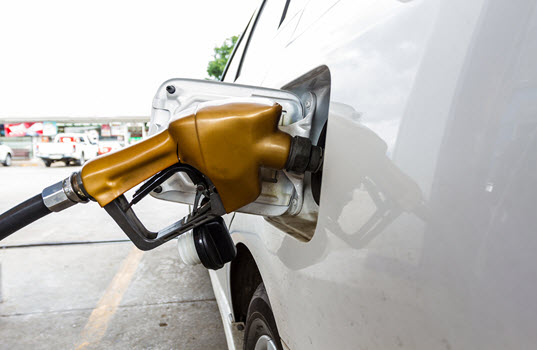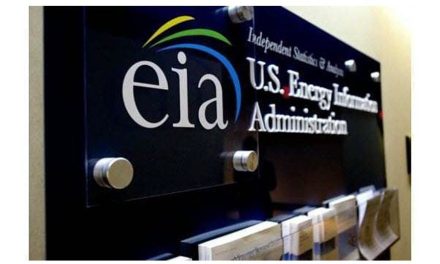By Joe O’Brien, Fueled For Thought
According to the 2019 Consumer Behavior at the Pump report from NACS, fuel customers are increasingly filling up at specific, preferred locations. While fuel price is the top driver of preferences, 47% of fuel customers reportedly choose where they purchase fuel based on their perception of the station’s fuel quality. We know that the quality of any product is one way customers measure its value. But fuel quality is probably something that most drivers take for granted—until their vehicle’s performance draws their attention.
Baseline expectations for fuel quality usually include:
- It is free of water, particulates or other contaminants.
- It contains the minimum octane rating required by law.
- It doesn’t damage the vehicle or cause performance issues.
Drivers who expect a little more from their fuel might want it to:
- Contribute to higher fuel economy.
- Help maintain the vehicle.
- Contribute to an environmental approach to fueling.
Detergents play a significant role in fuel quality. The spectrum of detergent levels in fuel range from lowest additive concentration (LAC) set by the U.S. Environmental Protection Agency to a level that meets the proprietary standard of the Top Tier program, to levels that exceed even that program’s standards. While LAC is better than fuels that lack detergents entirely, it is not a level recommended by many automakers. The Top Tier program, which was established by automakers and engine manufacturers in 2004, was developed to help protect engine components that are susceptible to engine deposits.
In 2016, AAA published results from a study that compared Top Tier gasoline and non-Top Tier gasoline. Their findings included:
- An engine running on a Top Tier gasoline averaged 19 times fewer intake valve deposits than when it wasn’t running on Top Tier gasoline.
- Long-term use of a gasoline without an enhanced additive package can lead to reductions in fuel economy of 2-4%.
- Emissions and drivability issues increased when Top Tier gasoline was not used.
- In most cases, carbon deposits can be reduced or removed from critical engine components by switching to a gasoline that meets the Top Tier standard.
- The average price difference between Top Tier and non-Top Tier brands was three cents per gallon for a 12-month period.
To sell Top Tier fuel, fuel retailers pay a fee to be an approved supplier of Top Tier fuel. Gasoline marketers cannot select certain service locations under a specific brand to be Top Tier-certified. Because of the complexity of the supply chain, diesel fuel marketers may enroll select stations in the Top Tier program. Stations that become approved suppliers are instructed to “prominently display the Top Tier logo.”
Fuel marketers (and customers) should be aware that a higher detergency rate doesn’t necessarily equate to an effective detergency rate. According to the Top Tier program, the chemistry of the detergent is just as important. Merely adding more detergent does not necessarily make the fuel perform better. Therefore, using the approved detergency levels and approved treat rates is critical to becoming licensed to offer Top Tier fuel.
More Consumer Education
A customer’s perception of the quality of their fuel, and therefore value, is likely influenced by how informed they are about fuel composition in general. For example, summer blends of gasoline are shown to have better fuel economy than winter blends. Perceptive motorists will observe this performance boost, but how many know the actual reason for it?
According to the AAA report, 63% of motorists believe there is a difference in the quality of gasoline sold by retailers. However, only 12% of drivers purchase gasoline based upon its detergent additive package. This could be because other factors (such as price) are more compelling reasons to choose one brand’s gasoline over another. But, it could also be because many customers don’t truly understand what value they are getting from their fuel.
The fuel industry needs to do a better job educating customers about fuel composition. It is problematic that the majority of fuel customers probably don’t know what Top Tier fuel is. While requirements to display the Top Tier logo are a step in the right direction, it most likely isn’t enough to effectively engage an increasingly distracted customer base. This is further complicated by the fact the fuel dispenser is one of the busiest customer interfaces. Between octane blends, E15, E85, diesel options, all the variations of payment methods and, of course, advertising, customers are inundated with choices to make and things to read.
New drivers and new cars with advanced technologies hit the road every day. Do new generations of drivers know the benefits of the Top Tier program? Probably not. Fuel brands might want to consider creating an in-dispenser video to educate consumers about the detergent levels in fuel. New drivers who were not exposed to the AAA report of 2016 are likely not even aware of the deposit build-up on in-take valves as a result of running on LAC fuel. A strong marketing campaign that quickly and effectively educates customers about fuel detergents could help fuel marketers gain customer loyalty, increase their competitive advantage and position their station to better weather challenging market circumstances.

Joe O’Brien is vice president of marketing at Source™ North America Corporation. He has more than 20 years of experience in the petroleum equipment fuel industry. Contact him at [email protected] or visit sourcena.com to learn more.







